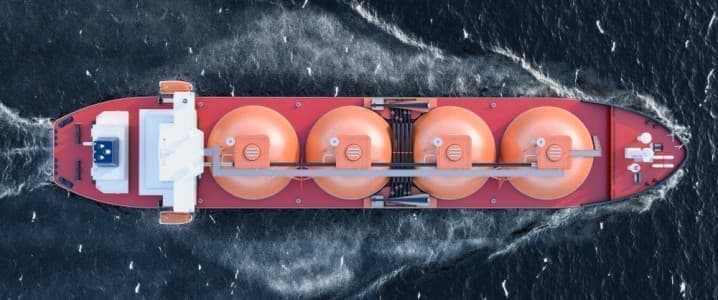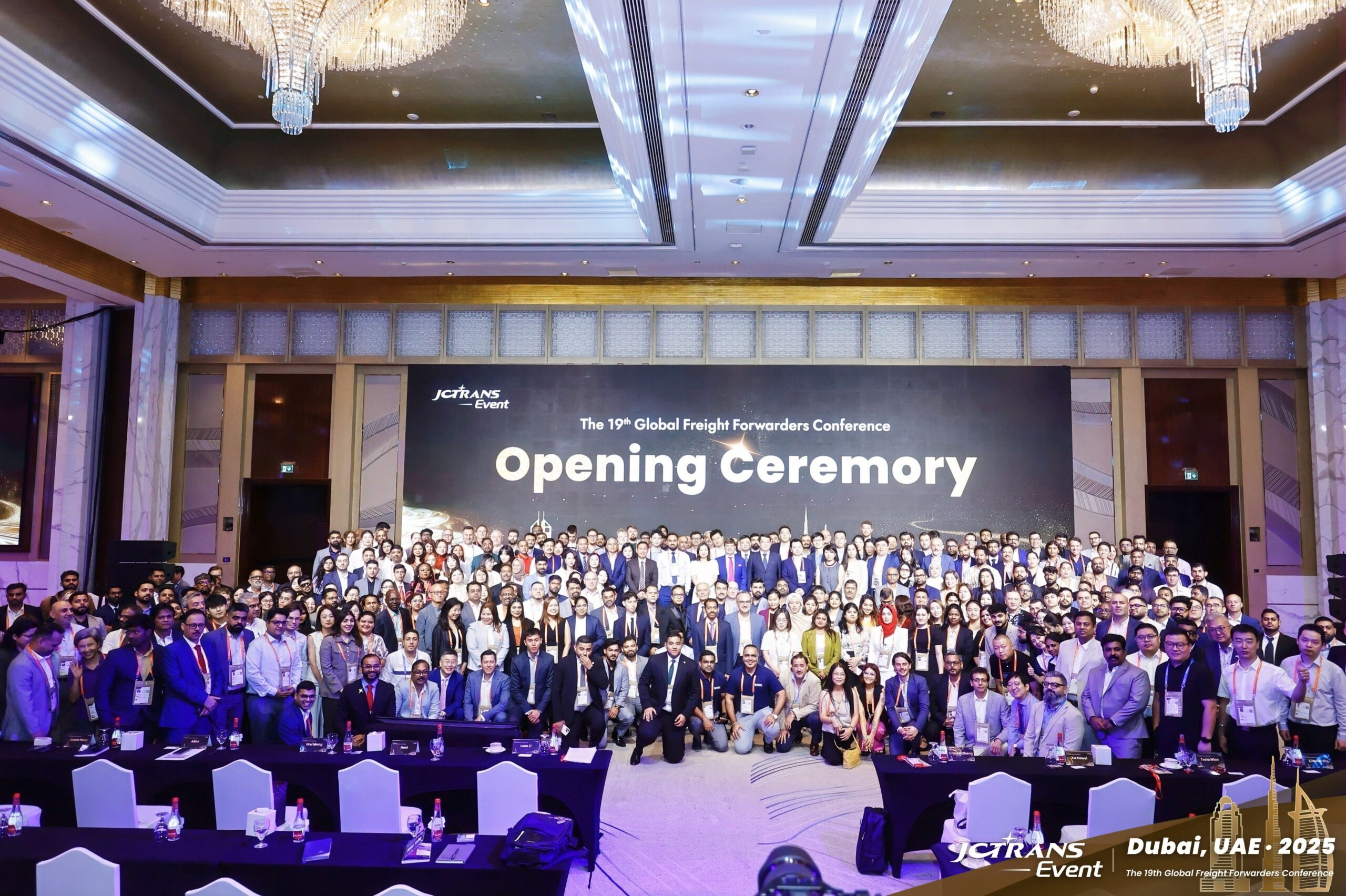Floating LNG Capacity Expected to Triple by 2030, Research Shows

The global market for floating liquefied natural gas (FLNG) is set for substantial growth, with capacity projected to triple by 2030. According to research from Rystad Energy, total FLNG capacity is expected to reach 42 million tonnes per annum (Mtpa), climbing further to 55 Mtpa by 2035. This marks a significant increase from the 14.1 Mtpa recorded in 2024.
Improvements in utilization rates have transformed FLNG projects, which were once hindered by technical and operational challenges. Currently, these projects are achieving utilization rates comparable to traditional onshore terminals. As demand for liquefied natural gas rises and smaller gas fields become increasingly viable, FLNG is emerging as a flexible, cost-effective solution that adapts to changing market conditions while unlocking previously stranded reserves.
Cost and Efficiency Improvements Drive Growth
Historically, early FLNG projects faced significant cost challenges, as seen with Shell’s Prelude, which was built in South Korea by the Technip–Samsung consortium. Costs for liquefaction ballooned to $2,114 per tonne. However, industry experience has led to a decline in capital expenditure, with proposed developments along the US Gulf Coast now averaging around $1,054 per tonne. The Delfin FLNG project in the US reports a liquefaction cost of $1,134 per tonne, while Coral South FLNG in Mozambique has a comparable cost of $1,062 per tonne.
Notably, the complexity of different projects means not all are directly comparable. Some projects incorporate integrated production components, while others focus solely on liquefying pipeline gas. FLNG developers are also increasingly opting for vessel conversions as a cost-efficient alternative to constructing new facilities. For instance, projects such as Tortue/Ahmeyim FLNG, Cameroon FLNG, and Southern Energy’s FLNG MK II have reported much lower capital expenditure levels of $640, $500, and $630 per tonne, respectively.
Operational Flexibility and Market Adaptability
The operational flexibility of FLNG vessels is another significant advantage. They can function in a variety of environments, from deepwater to ultra-deepwater fields, and even onshore supply. Should a project encounter delays, the vessels can be relocated or sold, showcasing the inherent adaptability of FLNG assets.
In the current energy landscape, where market conditions are volatile, speed to first production is crucial. Delays in construction can hinder revenue generation and increase the risk of budget overruns. Data from Rystad Energy indicates that FLNG units can be delivered significantly faster than their onshore counterparts. On average, newbuild FLNG projects are completed in approximately three years, while operational onshore plants take around 4.5 years. For FLNG vessels currently under construction, the average projected build time is even shorter at 2.85 years.
This accelerated timeline is a key factor driving the increasing preference for FLNG solutions, as developers seek to mitigate risk and expedite returns in an unpredictable energy market. With the anticipated surge in FLNG capacity, the industry is poised to adapt to future energy demands while maximizing efficiency and minimizing costs.






